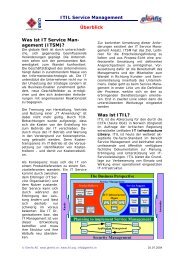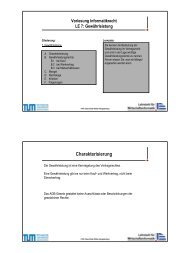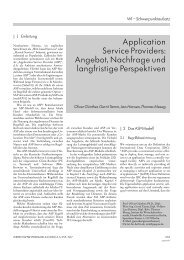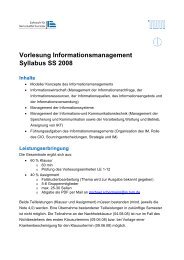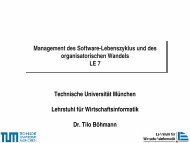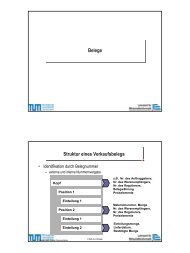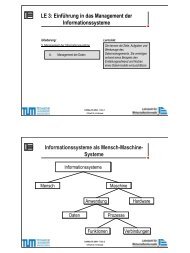Cross-cultural transitions and wellness: Dealing with culture shock
Cross-cultural transitions and wellness: Dealing with culture shock
Cross-cultural transitions and wellness: Dealing with culture shock
You also want an ePaper? Increase the reach of your titles
YUMPU automatically turns print PDFs into web optimized ePapers that Google loves.
107<br />
adjustment patterns in new <strong>culture</strong>s: foreign scholars <strong>and</strong> students, business<br />
executives, technical assistants, Peace Corps volunteers, teachers, social<br />
workers <strong>and</strong> migrant workers. It is not surprising that anthropologists have<br />
also contributed to the literature on problems of <strong>cultural</strong> adjustment since<br />
<strong>culture</strong> constitutes a major focus of study in their discipline. There appears to<br />
be general agreement in this literature that a person entering a new <strong>culture</strong><br />
will progress through a series of states as summarized in Table 1.<br />
Some have proposed a further stage of 'Independence' (Adler, 1975)or<br />
'Double-Giving' (Yoshikawa, 1988) wherein the person transcends the<br />
context of any one <strong>culture</strong>, but this appears to be more of an existential state<br />
beyond the scope of this discussion.<br />
Culture <strong>shock</strong> <strong>and</strong> recovery<br />
The initial phase of the acculturation process can be seen from Table 1 to be a<br />
negative experience, an emotional 'down', a decreased sense of well-being.<br />
This experience has been labelled as Culture Shock in the literature since the<br />
early 1950s when anthropologist Kalervo Oberg introduced the expression.<br />
Oberg depicted <strong>culture</strong> <strong>shock</strong> as a mental illness, an occupational pathology<br />
for persons transplanted abroad 'precipitated by the anxiety that results from<br />
losing all our familiar signs <strong>and</strong> symbols of social intercourse' (1954, p. 1).<br />
Hall (1959) added the element of unfamiliar stimuli from the new environ-<br />
ment in his description of <strong>culture</strong> <strong>shock</strong> as 'a removal or distortion of many<br />
of the familiar cues one encounters at home <strong>and</strong> the substitution for them of<br />
other cues which are strange' (p. 156). In addition to the change in cues,<br />
Adler's (1975) definition included the reaction of the individual:<br />
Culture <strong>shock</strong> is primarily a set of emotional reactions to the loss of<br />
perceptual reinforcements from one's own <strong>culture</strong>, to new <strong>cultural</strong> stimuli<br />
which have little or no meaning, <strong>and</strong> to the misunderst<strong>and</strong>ing of new <strong>and</strong><br />
diverse experiences (p. 13).<br />
Kealey (1978) stressed this interaction between individual <strong>and</strong> environment:<br />
it is not the new <strong>culture</strong> or environment itself that CAUSES the upset.<br />
Rather it is one-self in contact <strong>with</strong> the new environment that creates the<br />
physical/emotional upset (p. 48).<br />
Ruben, Askling, <strong>and</strong> Kealey (1977) connected <strong>culture</strong> <strong>shock</strong> <strong>with</strong> adaptation<br />
or adjustment:




